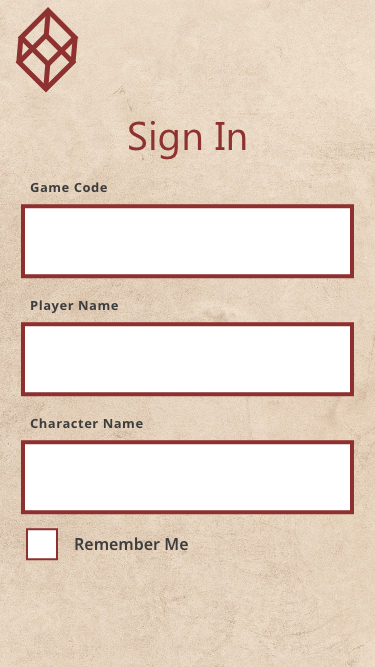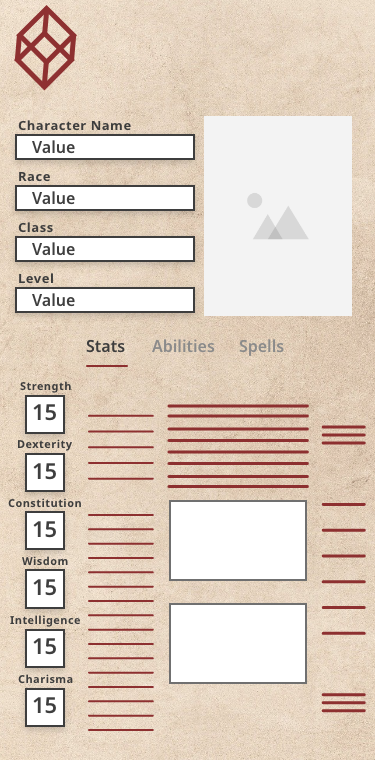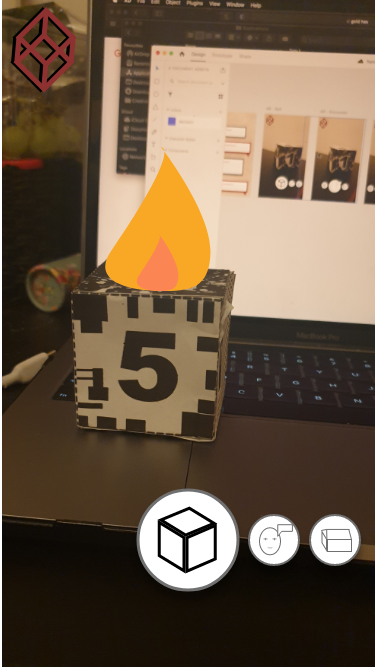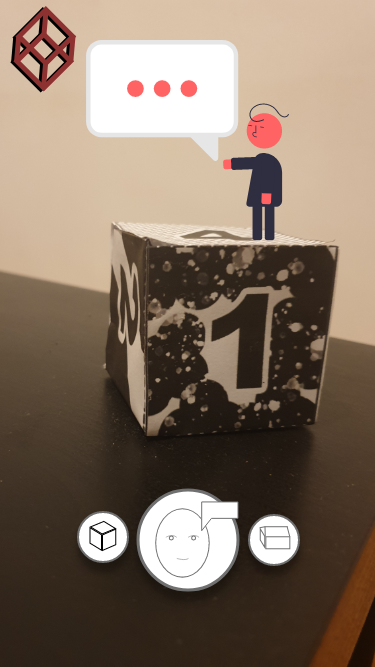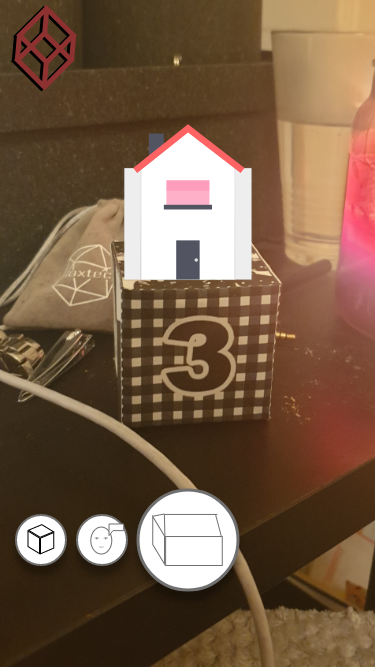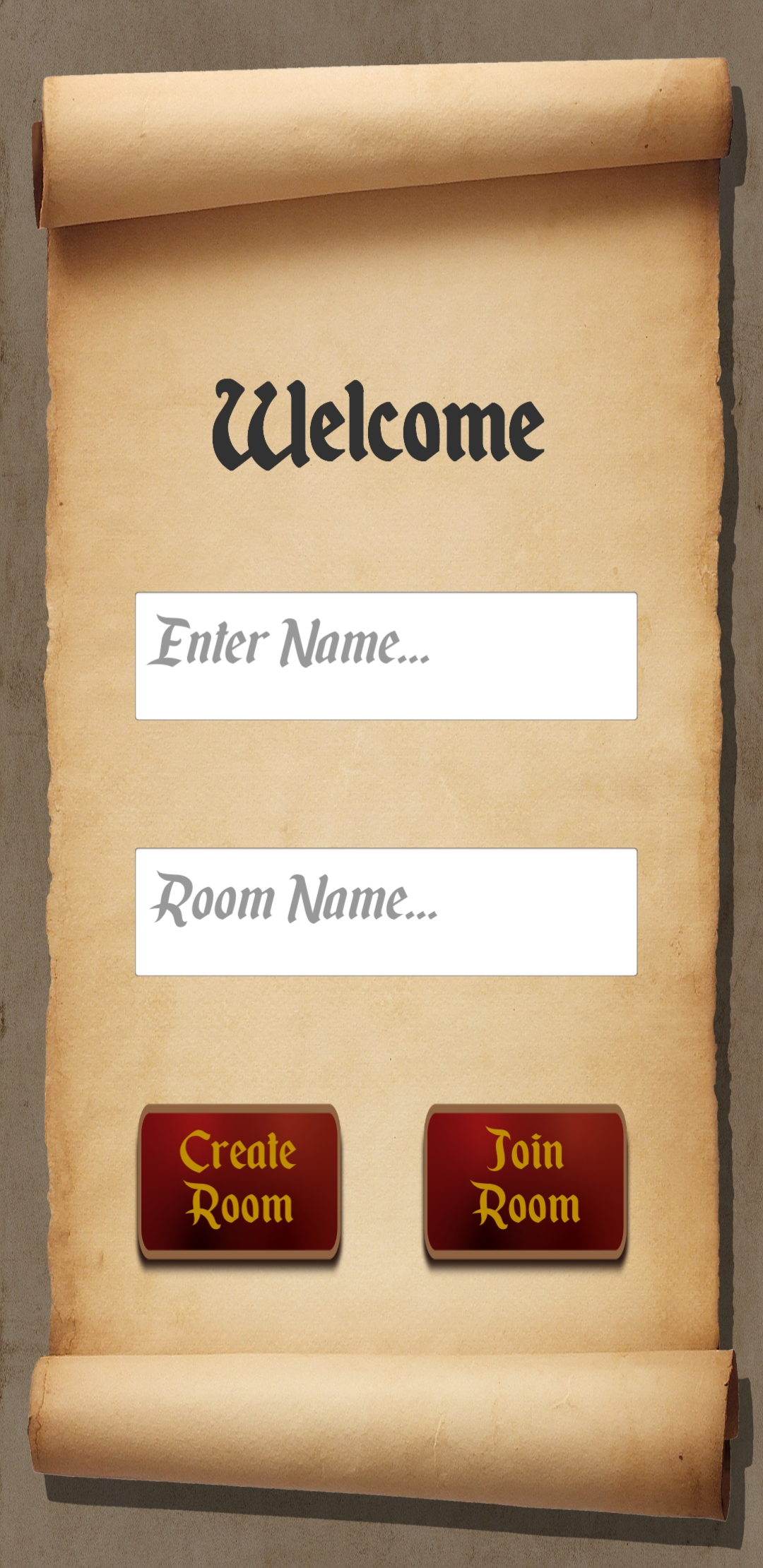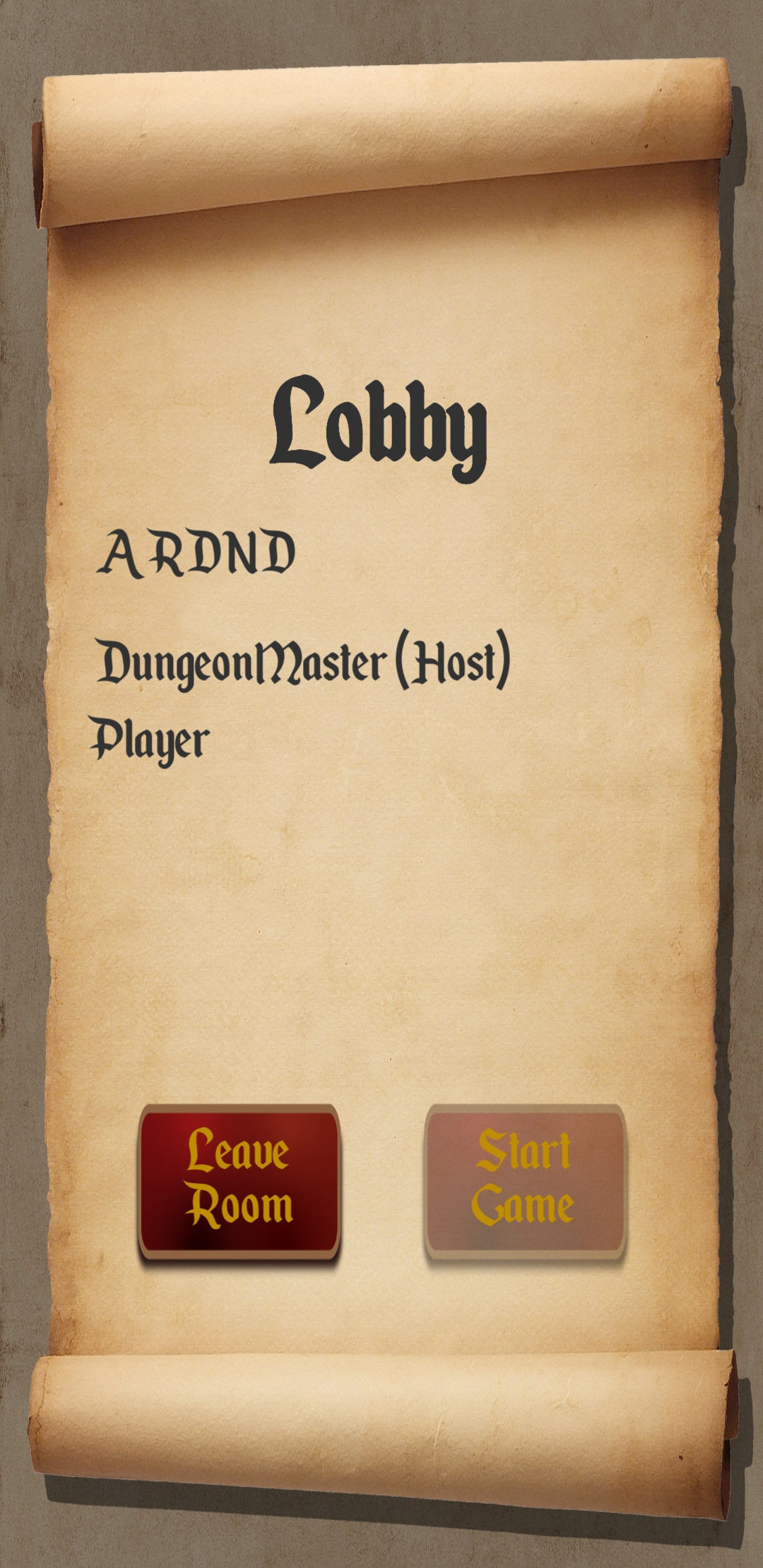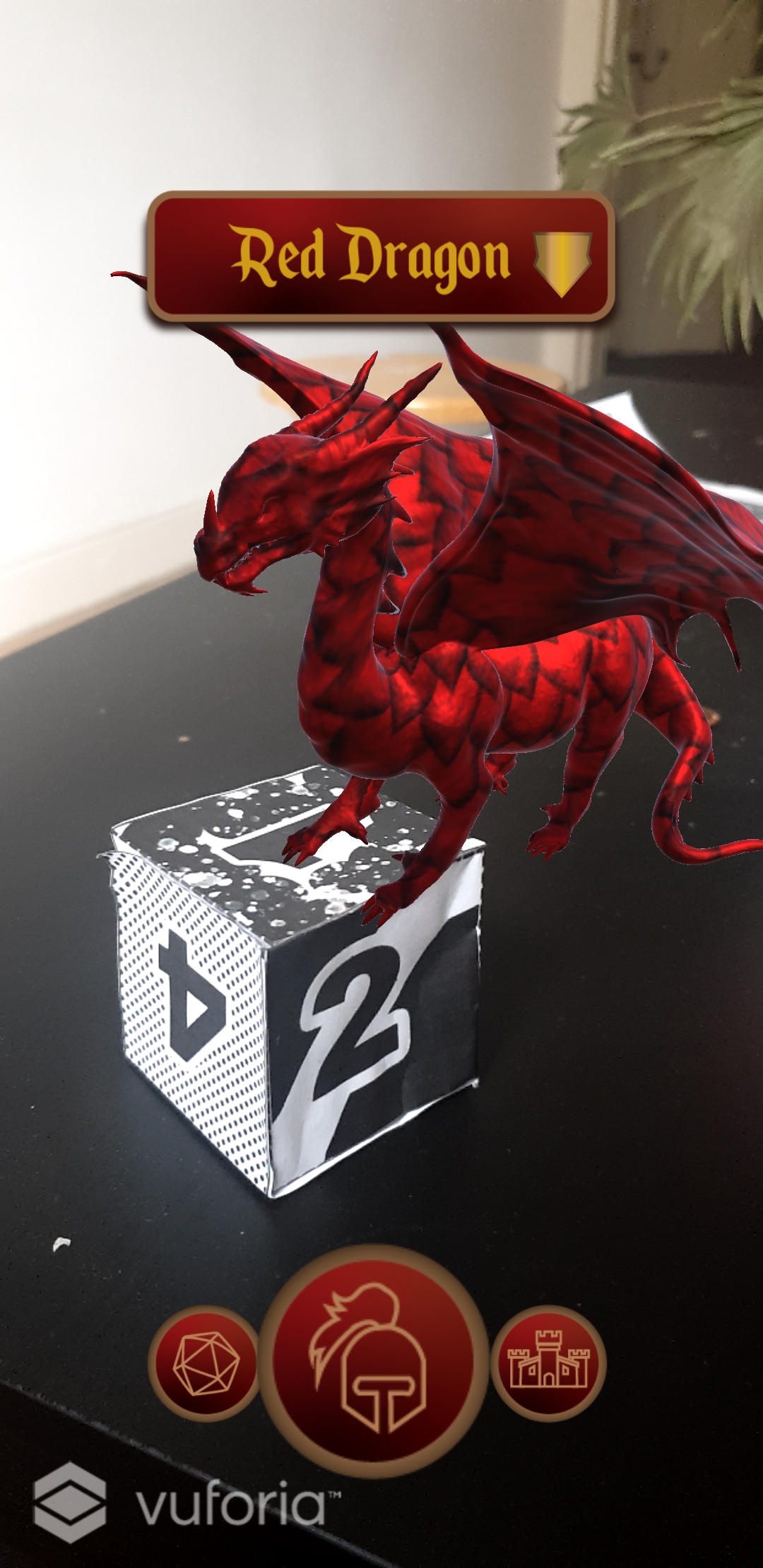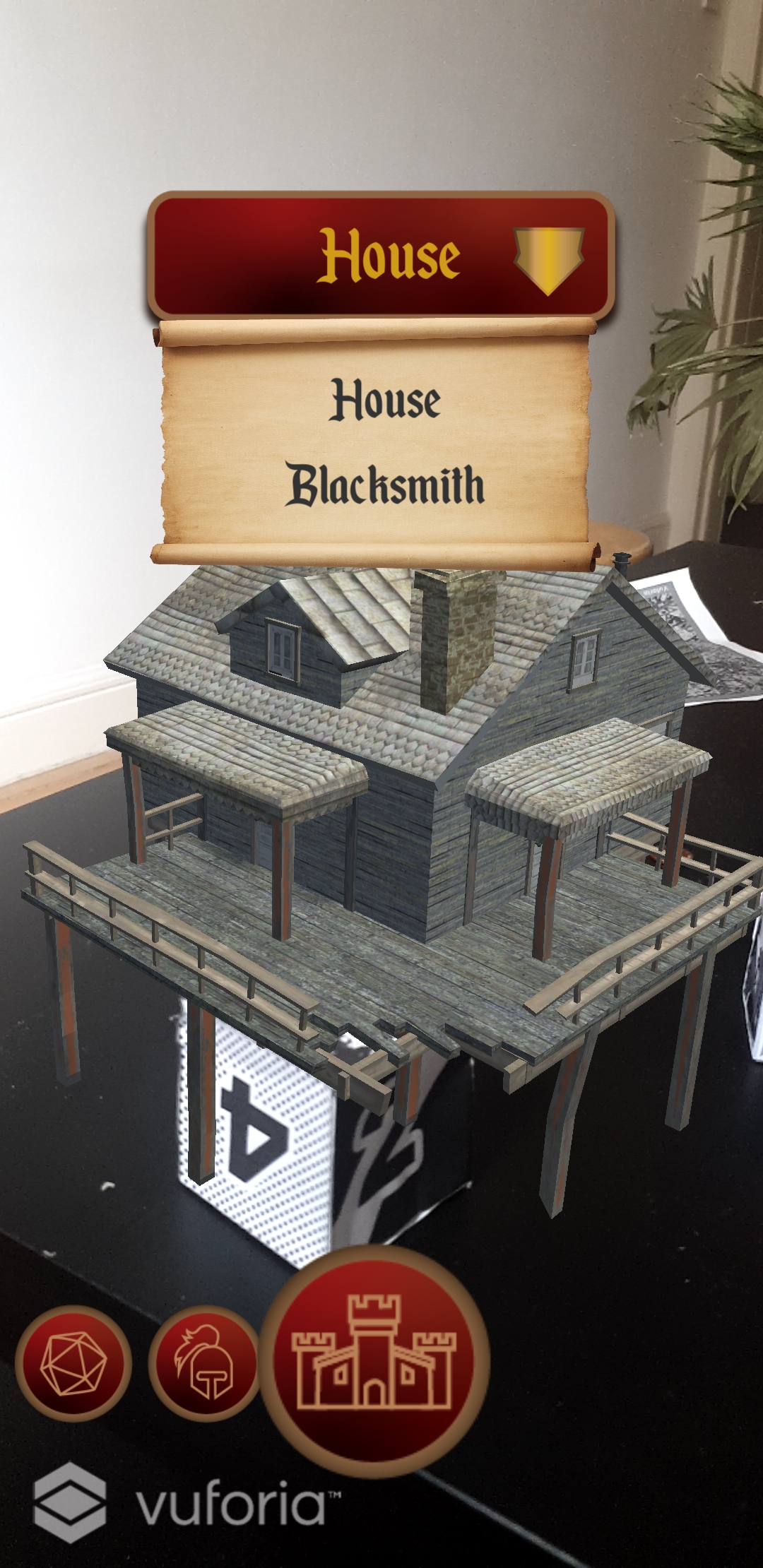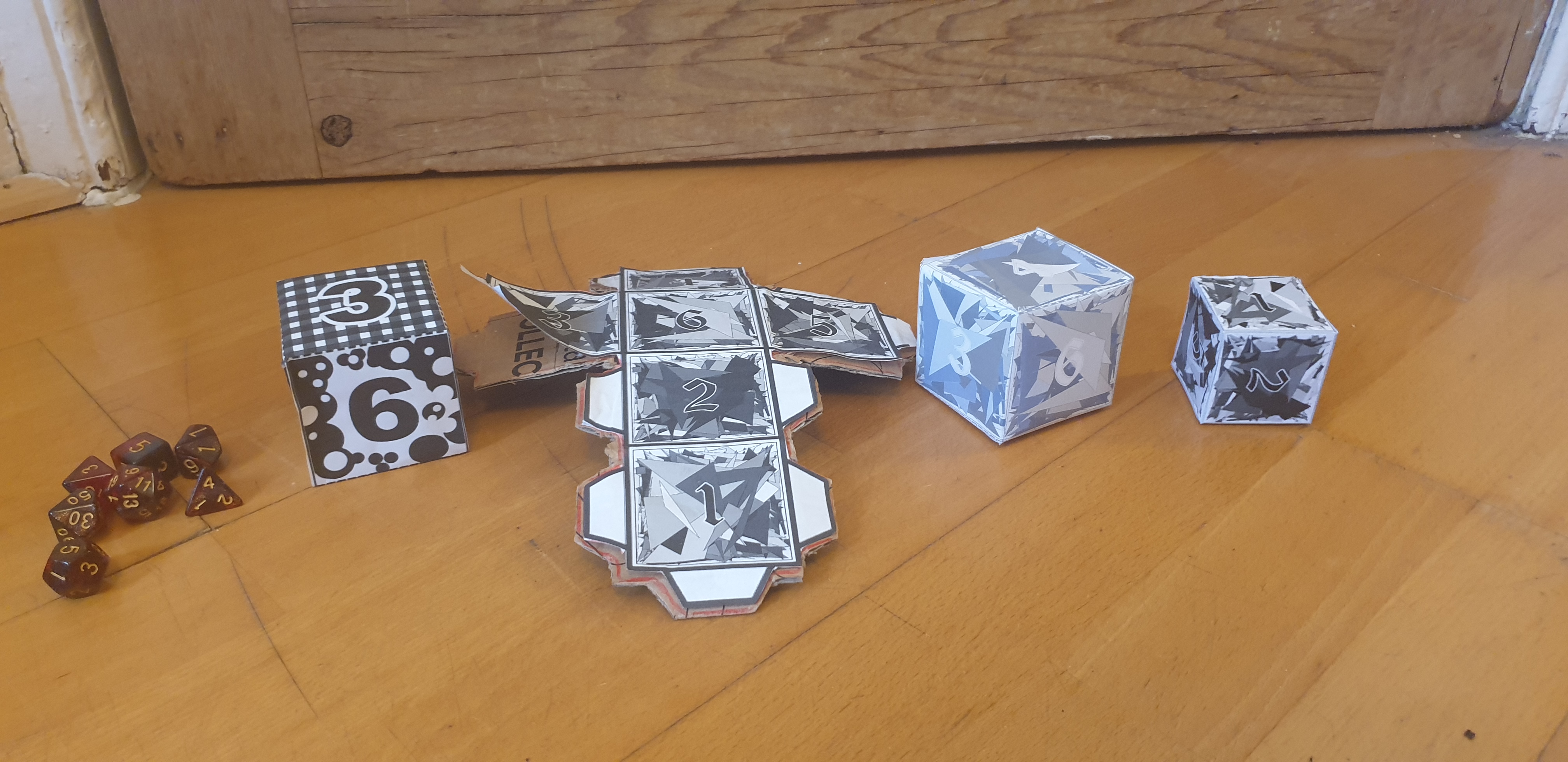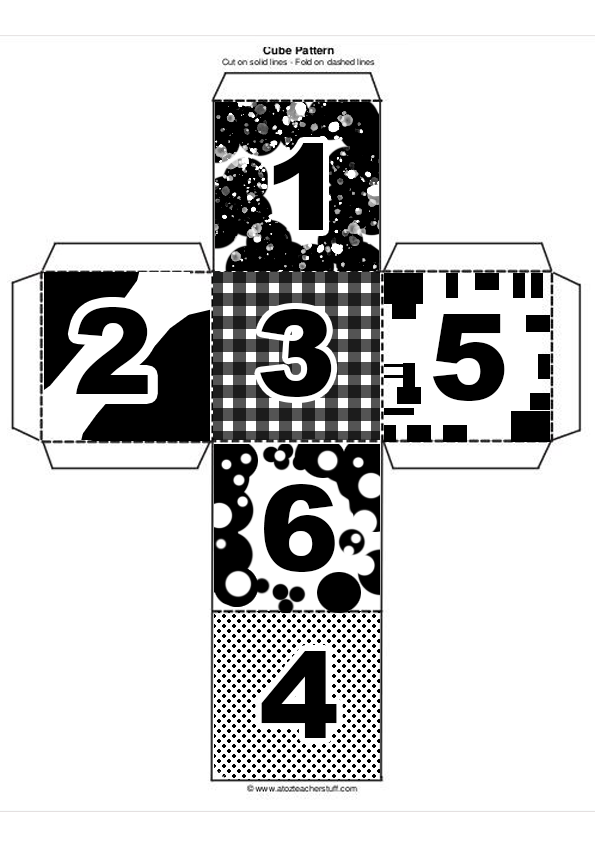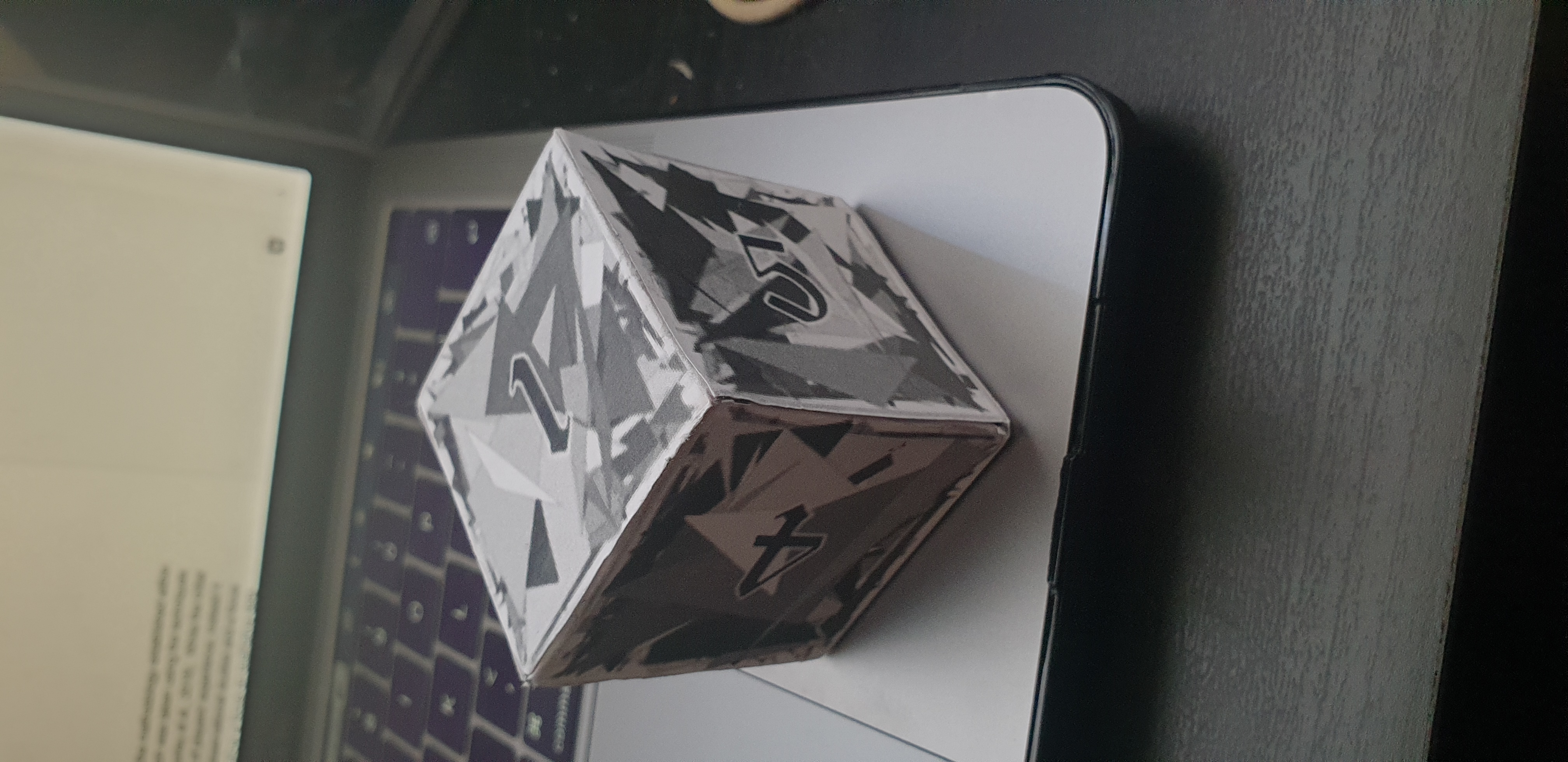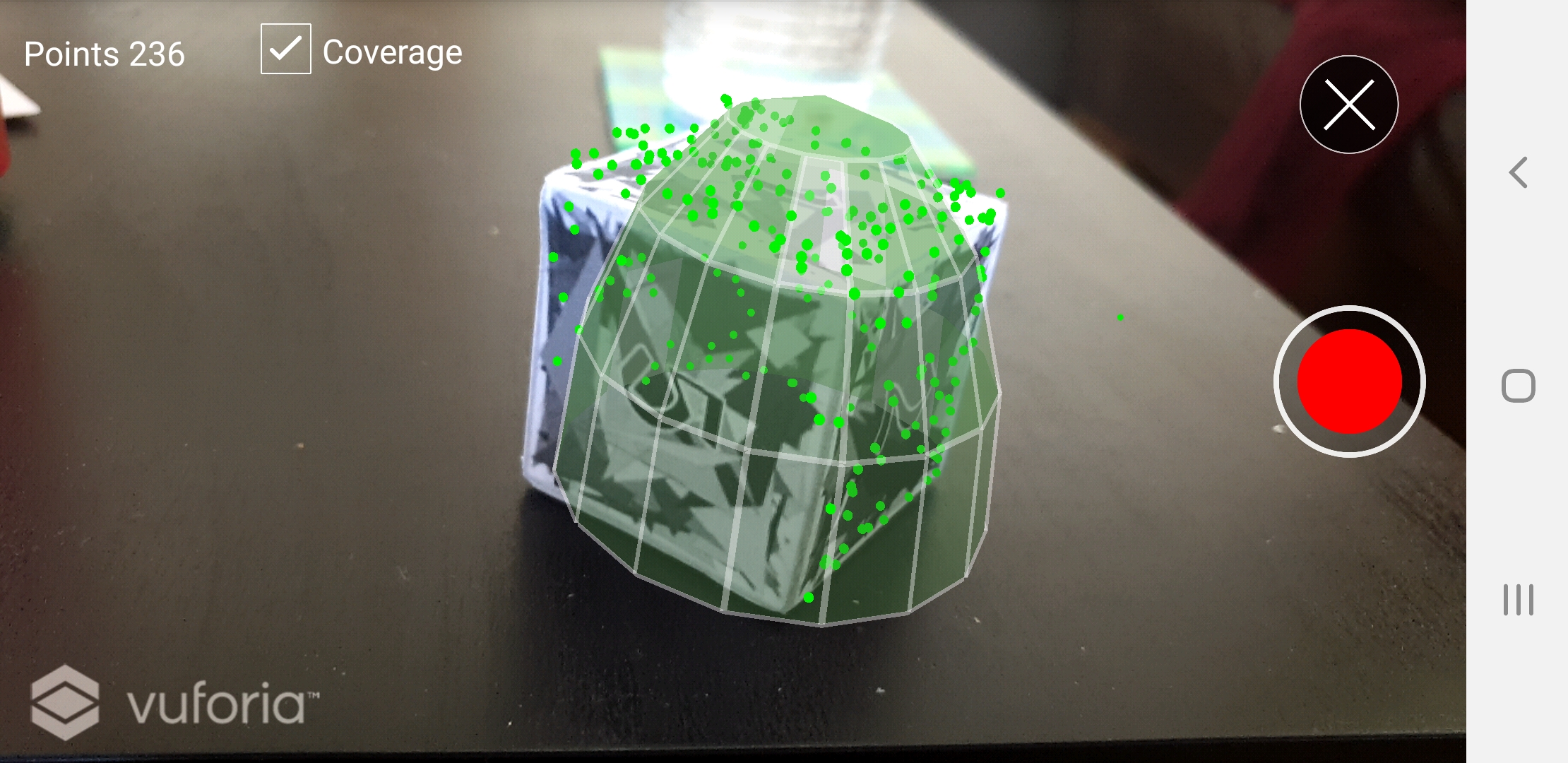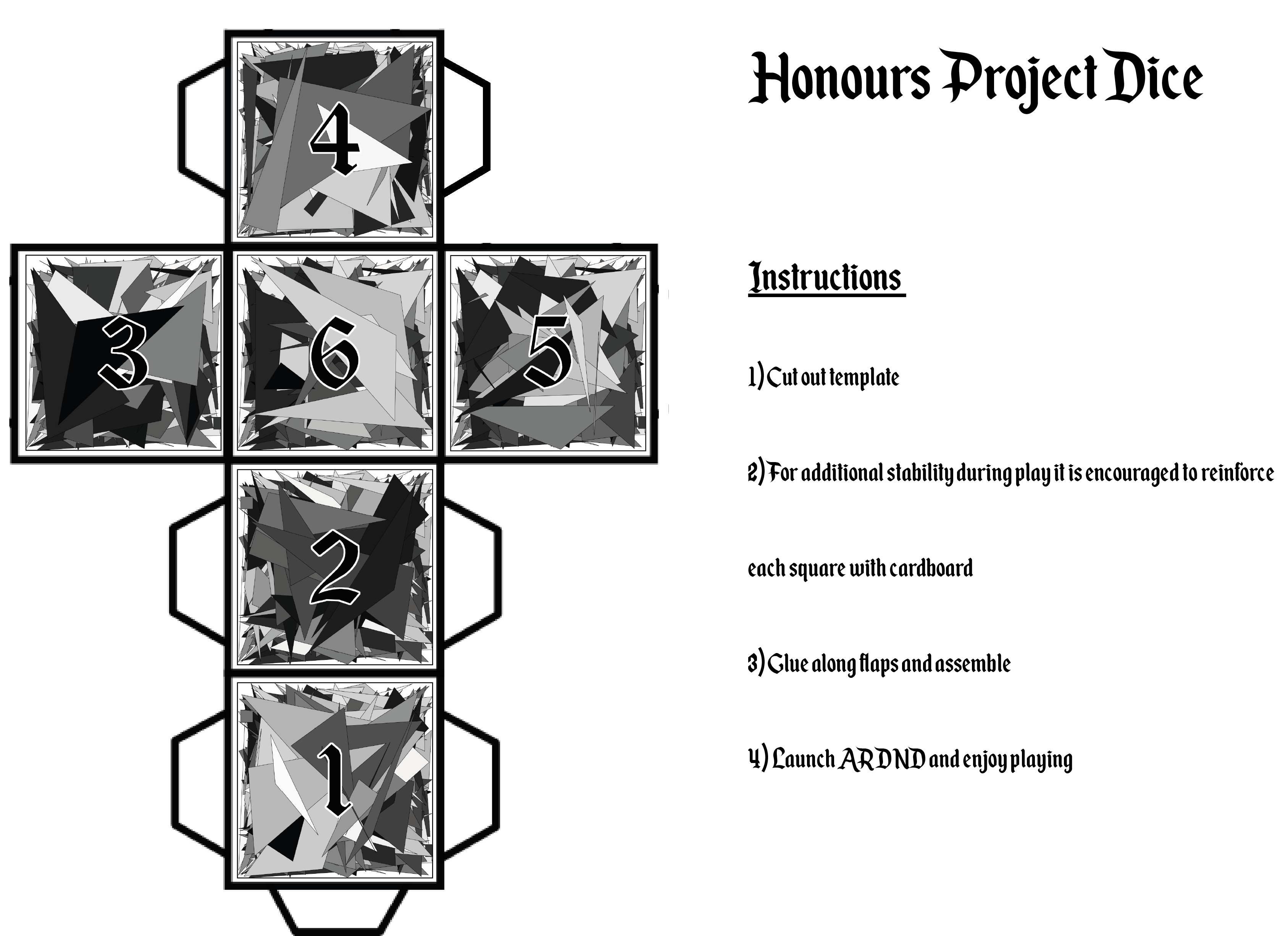Jump To
Start
Research
Design
Outcomes

ARDND Research and Design Project
Project Goal:
Explore the possible application of mixed reality to help people stay connected over video call games

No time to ready the whole case study and just want to cut to the chase?
Problem Statament
Lockdown and Social Isolation had a massive impact on social connectedness. Focussing on the players of Dungeons and Dragons, how can mixed reality take social games beyond the video call to help people stay connected and have fun the same as when they played in person?
Project Plan
Project Resources
Team
Resources
Time-frame: 8 months
Team
- Myself, UX/UI Designer, UX Researcher, AR Developer
Resources
- User Interviews
- Focus Groups
- Empathy Mapping
- Figma - Mock Ups and Interactive Prototyping
- Blockly - Front end of interface
Time-frame: 8 months
- Months One - Two Research and Scoping project. Initial observational studies.
- Months Three - Five Prototyping and Design. Further observational studies
- Month Six - Seven Design and Development
- Month Eight User Testing and Review
What is the project?
Dungeons & Dragons is a tabletop role-play game where players collaborate together to build a world in which they explore and solve quests. Covid-19 has negatively affected everyone, limiting social contact to video calls, and I wanted to explore the specific impact of this on the dungeons and dragons community. By conducting research, and using design thinking, it was possible to present a potential solution to alleviate some player problems.
Exploration and Discovery
Establishing a D&D Baseline
To understand the challenge, we must first understand what players have been used to. No two groups would necessarily play the same way, but some core assets of the game include:
- Dice - Dice are core to Dungeons and Dragons, their roll indicated probability, if a player rolls high it's likely what they rolled for will work, and scoring low typically results in failure. Examples of this are perception checks, rolling a 20 sided dice to see if you notice anythng interesting in an enviroment, rolling a 12 you may just find a cool plant, a 19 you notice the treasure chest behind the plant, while a roll of 1 you may not even notice the plant at all.
- Character Sheets - These can be physical or digital sheets, that include information such as your characters abilitiies, their special features, any spells they know etc
- Player Handbook - while not strictly necessary, it's good to keep it handy for reminders of how mecanics work, what ability different creatures have, spells etc.

Many in-person groups also embelish beyond this with any number of the following examples:
- Character Tokens - Physical props representing different characters, races, classes, creatures etc. These can be highly personal and as simple or as embellished as preferred
- Music - Speaker set up with music themed for the gameplay style
- Maps - Typically a printed or hand drawn representation of the entire world or the current playable enviroment
- Whiteboard - Not essential, but an excellent embellishment on maps is an adjustable surface to redraw the enviroment or keep track of information
- Notebooks - Players often like to keep track of events and experiences to refer back to at later points


Researcher as Participant Observational Studies
As a player myself, I sat in on several games with players consent to take notes on pain points and challenges adapting to the online enviroment. This group were using an online platform Roll20 to try and emulate the in-person experiene, which features maps and movable tokens to represent players and non-playable characters.
The initial observations included some of the primary emotions involved in the player experience being confusion, lack of enthusiasm and frustration due to challenges such as visualisation of tasks, internet issues, and lack of engagement due to playing alone talking to a camera.
Some important observation quotes included:
- "Ahh sorry my internet cut out again. Where did you get to?"
- "Wait I lost track who's left?" (Who referring to characters in the game)
- "Wait who's turn is it again?"
- "Hang on I know this let me find the right tab" (Players often have multiple browser tabs open to reference useful information. This would typically be a book kept on the table in person.)
The Dungeon Master
For d&d to work, one person must lead the game, narrating the story and controlling the non-player characters, and they are called the Dungeon Master. To create a positive experience for everyone, it was important they didn't feel left out. Some pain points noted for dungeon masters included:
- "It takes way longer to set up. In person I have a box of characters I can look through and use, but now I have to search on google for every single character and load up their picture"
- "Noone is as creative without the maps. When I draw a map in person and we move our characters about it, people play smart, try to hide or use the enviroment to their advantage. Online even with a picture noone wants to think outside the box"
- "One new thing I like about online is that when there's something only one or two characters should know about, I just message the players directly, to keep it a secret."
Empathy Mapping
These observations were turned into a summative empathy map, to chart the general consensus of how it felt to play D&D online when players are used to in person games.

To help further identify pain points, I broke down the gameplay of Dungeons and Dragons to it's core, to identify what the solution had to cover as a minimum. This boiled down to three distinct sections
- Rolling - Players roll dice to determine outcomes of decisions and probablity of something happening
- Encounters - Players meet characters throughout their gameplay, some may be friends to offer aid, neutral to provide a service or exposition, or foes to defeat.
- Explorations - Players are often described a location or enviroment to explore and search for items, oftentimes clues, supplies or an artefact.
Identify Minimum Viable Product
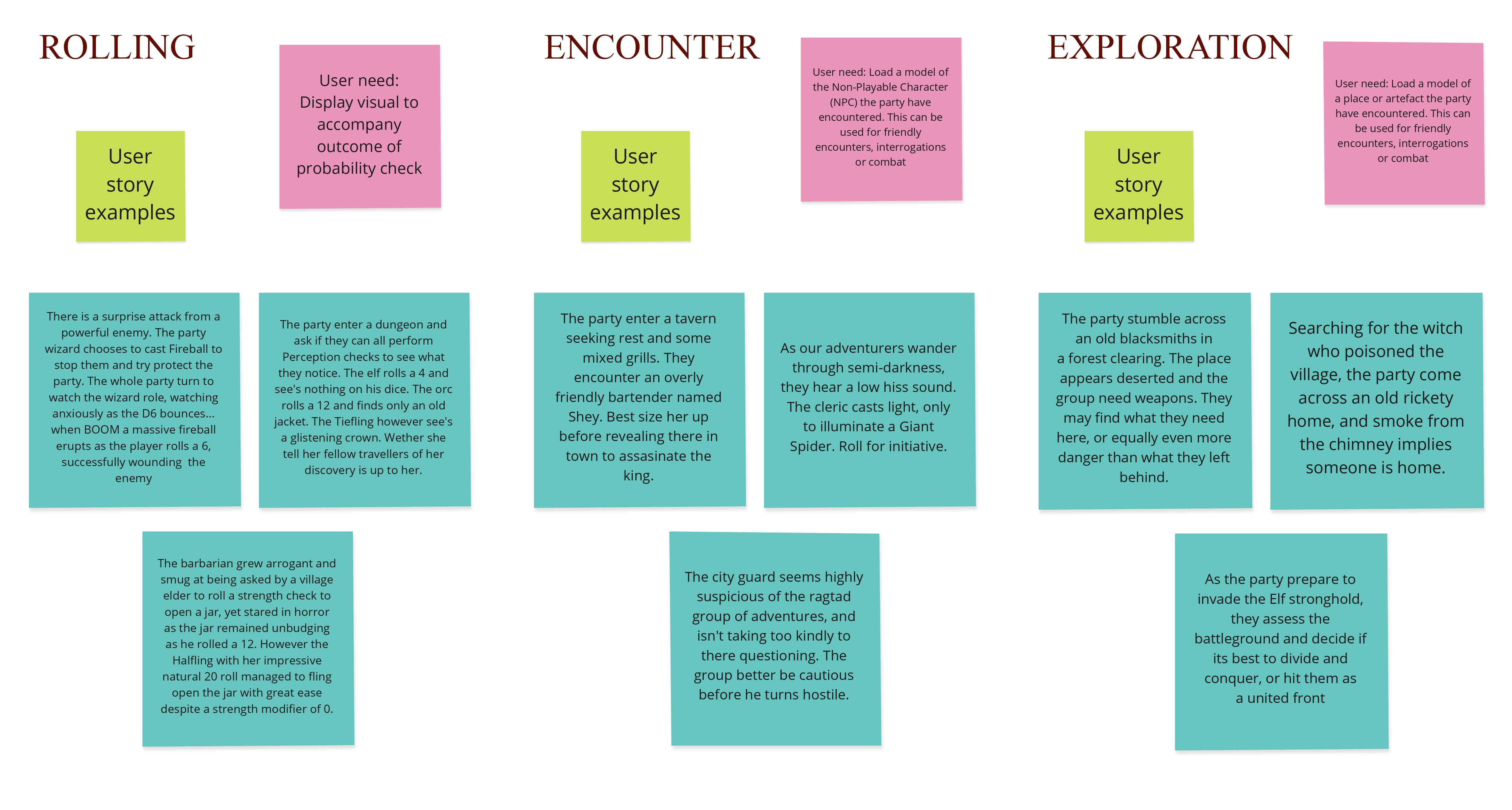
User Experience Design
Design Decisions
From observations, it became clear players needed a way to track lots of information in one place, while the solution needed to avoid drawing immersion away from the playing experience.
A mobile app was selected as the design output to allow computers to be reserved for communicating with the other players.
Based on visualisation being a reoccurant problem augmented reality was selected for use as their was already a required physical artefact for playing, dice, allowing them to form the base for physical triggers for an augmented reality experience.
Addressing the 3 core aspects of d&d
ARDND is a mobile app and dice. They work in tangent, with the dice functioning for gameplay and as a target for augmented reality. The app is split into 3 modes:
- Rolling - for seeing the outcome of dice rolls such as probability checks, magical attacks and investigation rolls. For example, a successful Fireball spell would reveal a huge flame, however a poor roll may result in a puff of smoke.
- Encounter - to show the characters the players meet. This is particularly useful for allowing players to rely on physical stereotyping like they would with physical character models, trying to determine wether to trust a character
- Explore - as an open-world game there are a variety of maps and environments players can enter, so by providing a visual aid its possible to increase immersion and allow better gameplay tactics
How will it work?
ARDND addresses pain points around getting lost, confused and bored playing D&D by describing things and using static maps on roll20. The dungeon master can select from a gallery of common visual aids, and share it with players phones. The 3d model will then be mapped to their dice, allowing them to explore it in 3d space, just like they would physical character tokens.
UI Design
For the UI Design I wanted the design to enhance and compliment the lore of the dungeons and dragons world, and took inspiration from scrolls and medieval games to capture a high-fantasy historic feel in keeping with the general D&D world. I also drew inspiration from snapchat for the easy convenient sliding buttons in the AR Experience as a way to transition between different view modes.
Development
As per my honours project requirements, I built a minimally functional version of the system using the Unity engine as a base, Vuforia for augmented reality, and Photon PUN to create networking. This MVP included a shared server, where multiple phones could be connected to created a shared experience. There, one user could select what content to send to other players phones. In rolling mode, they could share the outcome of a fireball spell, in Encounter mode, the players meet a dragon, and in Explore mode players can explore outside an old house
Review with research participants
Final Design
Insights
- “This would be so sick at the height of the battle, everyone looking at you to save the day and then all watching if like the giant axe swings or something like that. It's almost like our own cinematic cutscene”
- “This would simplify my setup time if I just search for like idk if you guys were exploring a town I'll just think of some buildings, load them up and boom you can explore like a tavern or a mill and all I did was click some things, but its way more impressive than some pictures I found on deviantart”
- “This'll sound bad but I love that this brings back the chance for me to be a bit of a pain. Like hmm yes I can now see the person I'm talking to and have decided my character won't like them because of their hat or something. Like it's way easier to do the (nonsense) I usually do this way that with the wee pictures on roll20”
Learnings
ARDND goes beyond providing just another tool to enhance the gameplay but allows players to connect in shared augmented reality. I successfully navigated the complex users' pain points well, addressing a wide array in a single solution. Testing revealed the power of the product, as it was immediately apparent the surge in creativity and innovation in players compared to the online games. Most importantly, the user testers were visibly having fun, more than I saw during my observational studies.
The prototype requires further iteration before being a ready-for-market project. An idealised version would have a filterable database based on the player handbook to store all 3D Models and effects to make displaying content straightforward. It is also hoped that voice recognition could play a role, triggering animations and displays based on voice commands to reduce manual user input. While this project needs work to go beyond just a concept, it has been suggested by multiple interested parties the product should be brought to Kickstarter, so ARDND could eventually become a reality for tabletop role-play players everywhere.
